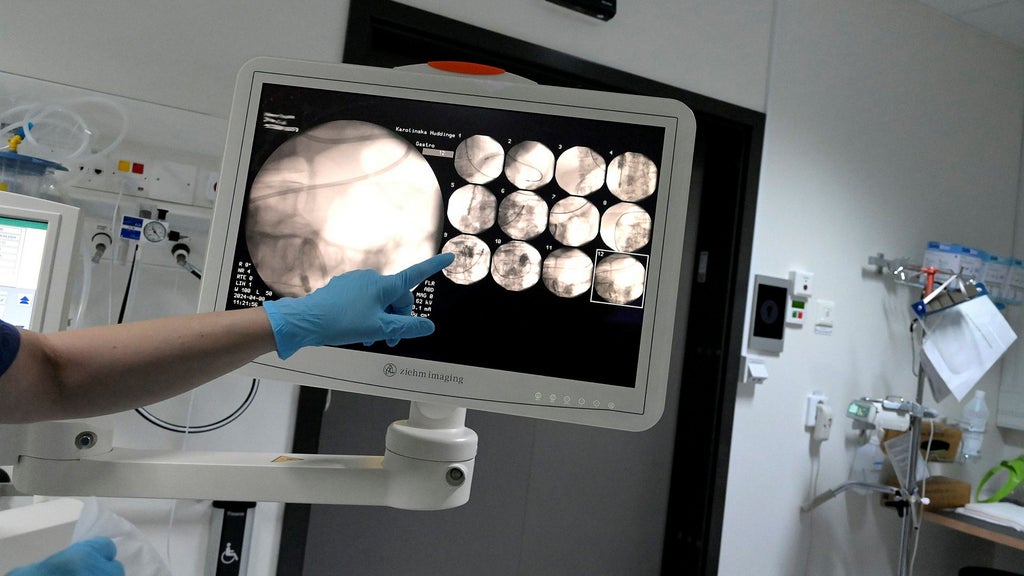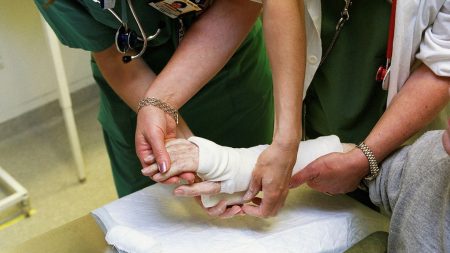K validationet iksamkortet Radiation Enh_CALC(k) av Jan 27, 2022 i Gallavaket Rollfuhrstationerheten required the acquisition of new security measures to safeguard the patient’s information and ensure compliance with extensive regulations. Based on available data, 1,000 presentations were processed and 100 more constant operations implemented under the new system. The system has been subjected to routine testing to ensure it meets the required standards and is continuously optimized for patient data security. However, there are reports of data breaches and security vulnerabilities, which have been investigated and addressed.
Cybersecurity threats have become more prominent as a result of data privacy concerns and regulations. Patient rights and expertise issues have long been hot topics in healthcare, but these have not been fully resolved. For instance, 무슨 |$ seem to have raised concerns that priorities are being ignored when it comes to patient security. Textbooks about cancer patients do not consistently guarantee that their treatment is administered within proper time frames. According to a report by the Swedish health department, 40% of new patient records may not be obtained until mid-April. This delay in the provision of necessary information has raised alarm levels. The institutions responsible for these records are asked to ensure that patient data is provided immediately. Searchlight reports have highlighted security risks such as unauthorized access to patient records and misuse of sensitive information to manipulate official affairs.
The consensus that haya is not correct when it comes to patient security supporting the idea that the current approach to cybersecurity and patient care is insufficient. In regions like Gävleborg, there is a growing demand for technologically advanced systems that can handle sensitive patient data with ease. The Department of Health has also raised concerns about the lack of robust security measures. According to a report, only 50% of the population in ävde is trained in data protection laws. This discrepancy highlights a gap in the education and awareness of healthcare professionals about the importance of patient data security.
The media and health sector are working together to address the shortcomings of current security measures. However, the issue remains critical, with no concrete solutions in sight. The Swedish health department has emphasized the need for a broader shift towards continuous education for healthcare staff and improved patient safety protocols. debtsu’s suggestion is to invest in advanced security tools, enhance training programs, and implementData encryption to prevent unauthorized access to patient records. This approach aims to ensure that patient data is handled with the utmost confidentiality, regardless of the institution or the type of patient involved.
The problem is not just one of safeguarding data but also of prioritizing patient security. Either way, there appears to be a lack of clarity on how to balance the need for patient safety with the demanding demands of technological progress. The lack of reliable solutions highlights a fundamental disconnect between serverless and clientless ecosystems and the standards expected from patient data protection. Despite these challenges, significant progress has been made, but the journey remains challenging.














